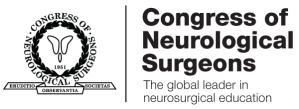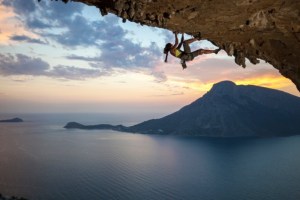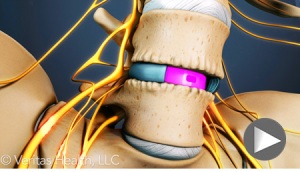
Image: pnwu.edu
Dr. Michael Thomas, neurosurgeon and owner of Cascade Neurosurgical Associates, has presented a number of lectures on brain and spinal anatomy and physiology. In 2010, he lectured on vascular anatomy and pathology of the cerebrum at Pacific Northwest University of Health Sciences in Yakima, Washington.
In the human body, the vertebral arteries and internal carotid arteries are responsible for delivering adequate blood supply to the brain. The internal carotid arteries originate proximate to the fourth cervical vertebrae and enter the cranial cavity through the carotid canal. At the cavernous sinus, it generates arteries that supply certain cerebral and orbital structures, then becomes the middle cerebral artery to deliver blood to the lateral cerebrum.
The vertebral arteries, meanwhile, develop from the subclavian arteries and travel up through the posterior neck though the cervical vertebrae’s transverse processes.After passing into the cranial cavity, they generate branches that supply the cerebellum, spinal cord, and falx cerebelli, then come together to form the basilar artery.
Both arteries then converge to form a structure known as the Circle of Willis. This structure includes the anterior and posterior cerebral arteries as well as the internal carotid arteries. The circle connects via the anterior and posterior communicating arteries, which play key roles in coordinating blood supply to the cerebrum.








